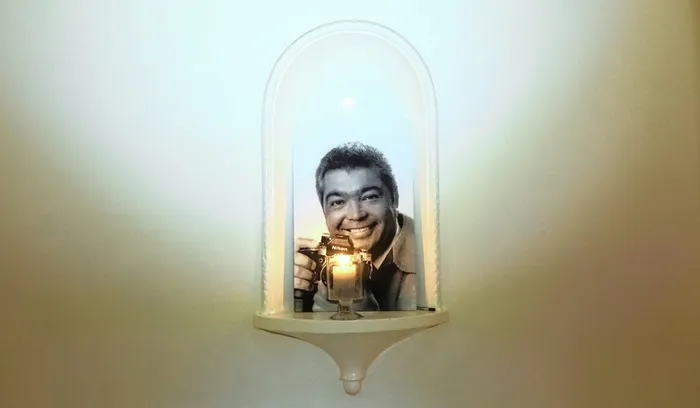Willie de Klerk left a powerful picture legacy

Photographer extraordinaire Willie de Klerk Photo: African News Agency (ANA) Photographer extraordinaire Willie de Klerk Photo: African News Agency (ANA)
Cape Town – Covering the good, the bad and the ugly of South African life for over 40 years as a photojournalist, Willie de Klerk, together with Alf Khumalo, Sam Nzima and Peter Magubane, could rightly be dubbed the Black Bang Bang Club of the turbulent ’70s and ’80s.
But they were not conflict photographers driven by adrenaline - rather, brave historians putting themselves in harm’s way to capture evidence of the brutality and atrocities committed in the heyday of apartheid.
De Klerk, 81, died on Sunday as a result of ailing health. He retired from the Argus in 1994, where he was the first black staff photographer.
He said, in an interview I had with him in 1998: “The visual medium is a very powerful tool to inform people, even those who can’t read. Taking pictures is like writing a story with light, but the idea is to be creative in how you ‘write’ your picture story so it can inform, enlighten and touch people.”
De Klerk’s photographs have won him numerous awards, including the Shell Ilford runner-up award for Press Photographer of the Year for three consecutive years (1985-1987) and a Best SA Sports Photographer Award.
He also received international certificates from the Dutch Stichting World Press Association for sport, news and people pictures.
A few of his photos, such as the iconic necklacing murder image captured in the KwaNobuhle township, appeared in prestigious magazines such as Life and Time. Others were exhibited in the Van Gogh gallery in Amsterdam, Netherlands.
Video: Ian Landsberg
De Klerk covered the royal wedding of Prince Andrew and Sarah Ferguson and was the only South African press photographer to cover the re-opening of the Statue of Liberty in New York.
Asked what irked him most about working for newspapers, he said: “I was privileged to work with renowned press photographers such as Alf Khumalo, Peter Magubane, Jim McLagan, David Potgieter, Dana le Roux and Jackie Heyns.
“But I’m still mad at editors who decided at whim to discard my pictures after I risked my life taking rare images of police brutality in squatter camps during the unrest.

Picture by Willie de Klerk of the first necklacing murder in KwaNobuhle township near Uitenhage. The Cape Times was the only Cape Town newspaper to run the picture at the time.
“I remembered when reporter Miles Clark and I hid all night in a shack in Old Crossroads. There were dogs everywhere. Next morning as the sun was rising I had to cut a hole with a can opener to get some shots - and what great shots they were!
“They clearly exposed the Nazi-style tactics the Boere used at the time. And we went to great lengths to safely smuggle the film out by disguising Miles as a resident wearing a balaclava.
“But in the next day’s paper, preference was given to a sport picture highlighting some match,” he said.

The driver of this truck was threatened by pupils with a firearm, who ordered him and his assistant out before setting it alight at the corner of Spine Road and Zola Budd Drive in Khayelitsha. Photo: Willie de Klerk
De Klerk leaves his widow Maureen of 56 years, three daughters Adele, Brigitte and Cindy, six grandchildren and four great-grandchildren.
His funeral service will be held this Saturday at 9am at Saint Margaret Anglican Church Parow, 71 Hopkins Street.